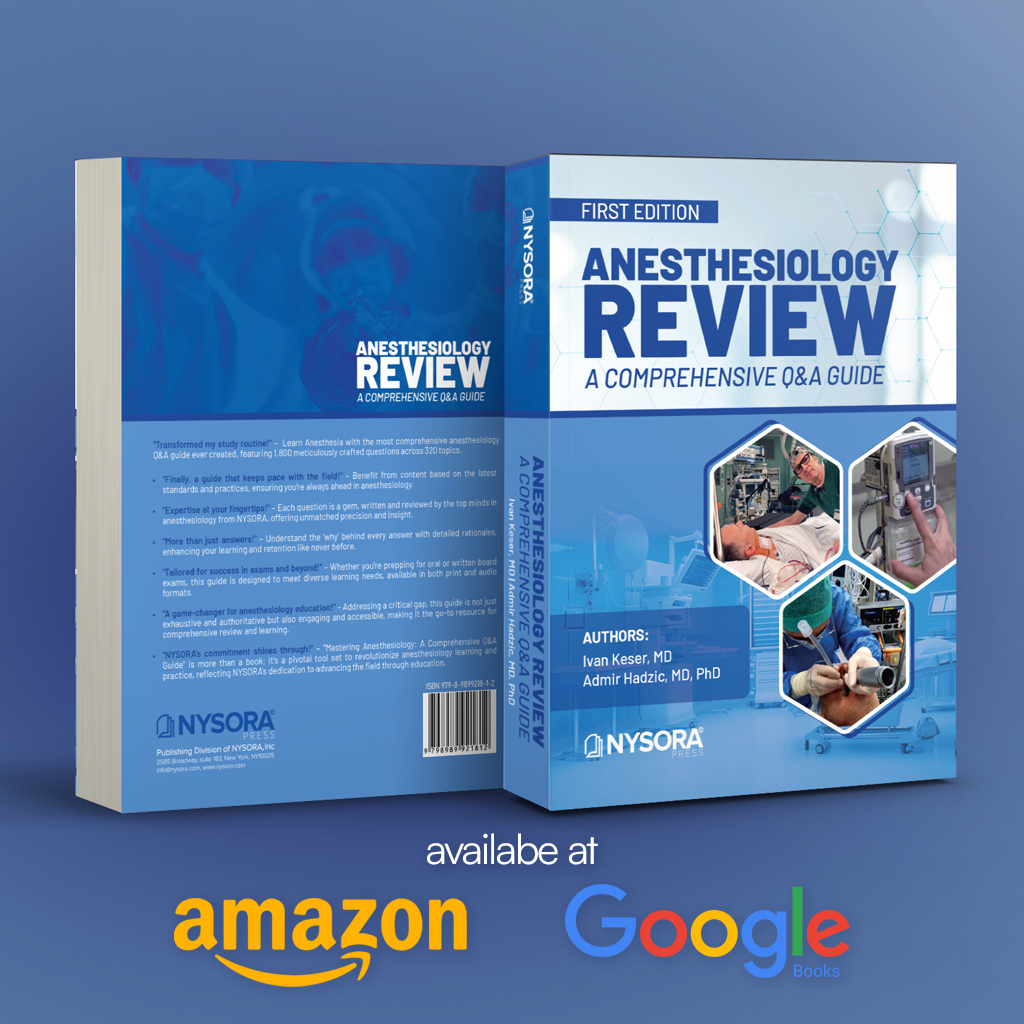
The Impact of Propofol Infusion on the Need for Rescue Antiemetics in Postanesthesia Care
Postoperative nausea and vomiting (PONV) is a common complication following surgeries that use volatile anesthetics. A recent study conducted at the Mayo Clinic investigated whether adding a propofol infusion to volatile anesthetics could reduce the need for rescue antiemetics in the postanesthesia care unit (PACU). This retrospective cohort study analyzed data from nearly 48,000 patients to determine the effectiveness of propofol in minimizing PONV and examined the impact on PACU recovery time.
Study Background
PONV affects 20-70% of surgical patients and can lead to delayed discharge from the PACU. Traditional methods to mitigate PONV involve prophylactic antiemetics such as dexamethasone, 5-HT3 antagonists, and butyrophenones. Propofol, known for its lower associated risk of PONV, was hypothesized to further reduce PONV when used alongside volatile anesthetics.
Methodology
The study included adult patients who underwent surgery under general anesthesia with volatile agents, with or without a propofol infusion, between May 2018 and December 2020. Exclusions applied to cardiac surgeries, labor and delivery, procedures outside the main operating room, and surgeries exceeding 10 hours or with PACU stays outside 15 minutes to 4 hours. Data collection involved patient demographics, comorbid conditions, types of surgery, anesthesia records, and intraoperative medication use. The primary outcome was the use of rescue antiemetics in the PACU, and the secondary outcome was PACU recovery time.
Key Findings
- Reduced Need for Rescue Antiemetics: Propofol infusion significantly reduced the need for rescue antiemetics in the PACU. Patients who received propofol had a lower incidence of antiemetic use (4.7%) compared to those who did not (8.2%), with an odds ratio of 0.55.
- Dose-Dependent Effect: The reduction in antiemetic use was dose-dependent, with little additional benefit observed beyond a propofol infusion rate of 100 μg/kg/min.
- Consistency Across Variables: The propofol effect was consistent regardless of the number of prophylactic antiemetics used, procedural duration, and type of volatile agent.
- PACU Recovery Time: Although the use of rescue antiemetics was associated with longer PACU recovery time, propofol infusion did not significantly impact overall recovery time.
Conclusion
The study concluded that adding a propofol infusion to volatile anesthesia effectively reduces the need for rescue antiemetics in the PACU without affecting recovery time. This practice can enhance patient comfort and potentially streamline postoperative care.
Implications for Clinical Practice
- Antiemetic Strategy: Incorporating propofol infusions as part of an antiemetic strategy during volatile-based anesthesia can be a valuable approach to reducing PONV.
- Personalized Anesthesia Plans: Anesthesiologists can consider adjusting propofol infusion rates based on patient-specific factors and surgical characteristics to optimize PONV prevention.
Future Research Directions
Further research could explore the long-term effects of propofol infusion on postoperative outcomes and investigate optimal dosing strategies for different patient populations.
For more detailed information, refer to the full article in Anesthesia & Analgesia.
Sprung J, Deljou A, Schroeder DR, Warner DO, Weingarten TN. Effect of Propofol Infusion on Need for Rescue Antiemetics in Postanesthesia Care Unit After Volatile Anesthesia: A Retrospective Cohort Study. Anesth Analg. 2024;139(1):26-34.
Explore this topic and many more with our Anesthesiology Review Q&A Book, filled with engaging questions to expand your knowledge. Don’t miss out—get your copy on Amazon or Google Books.




